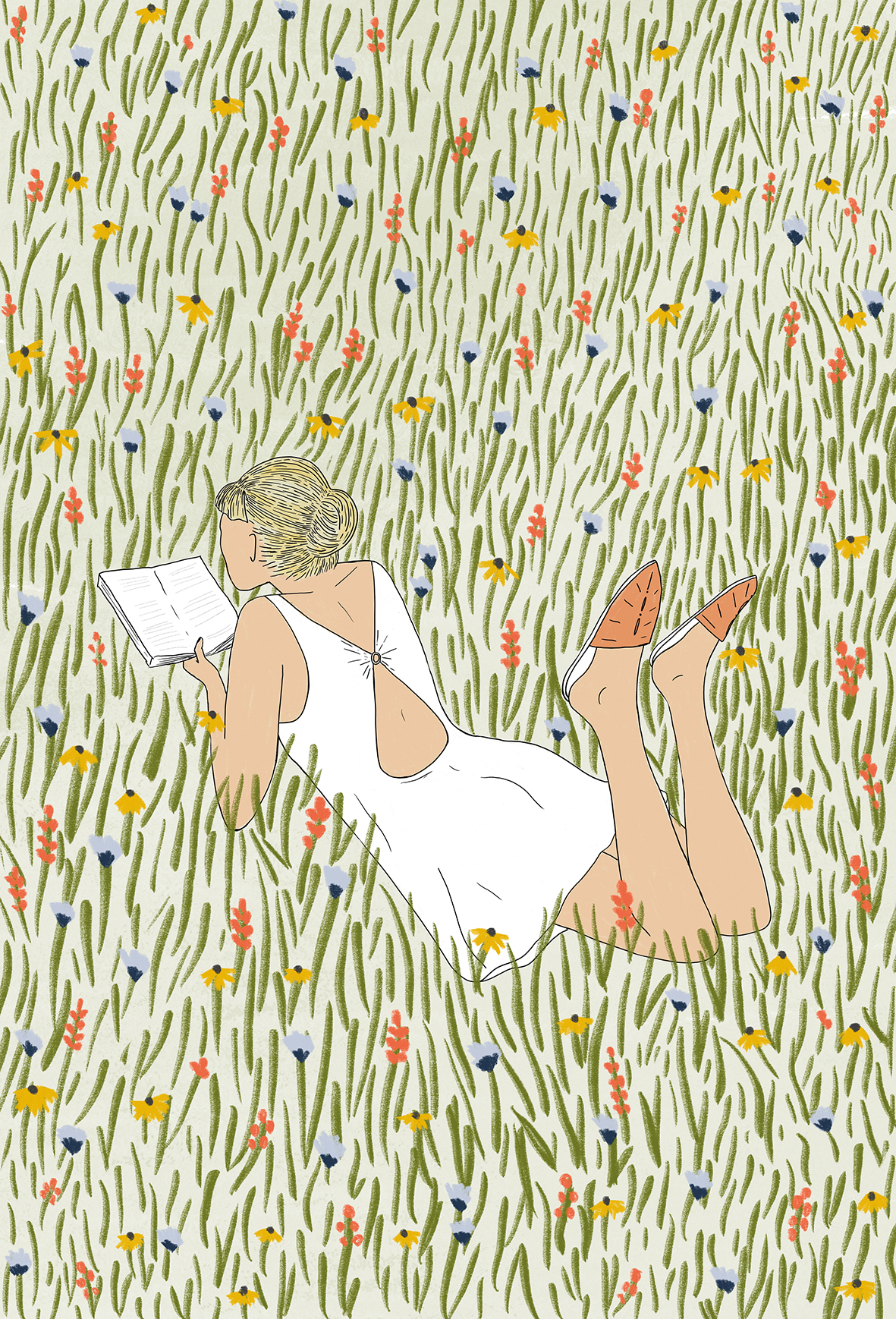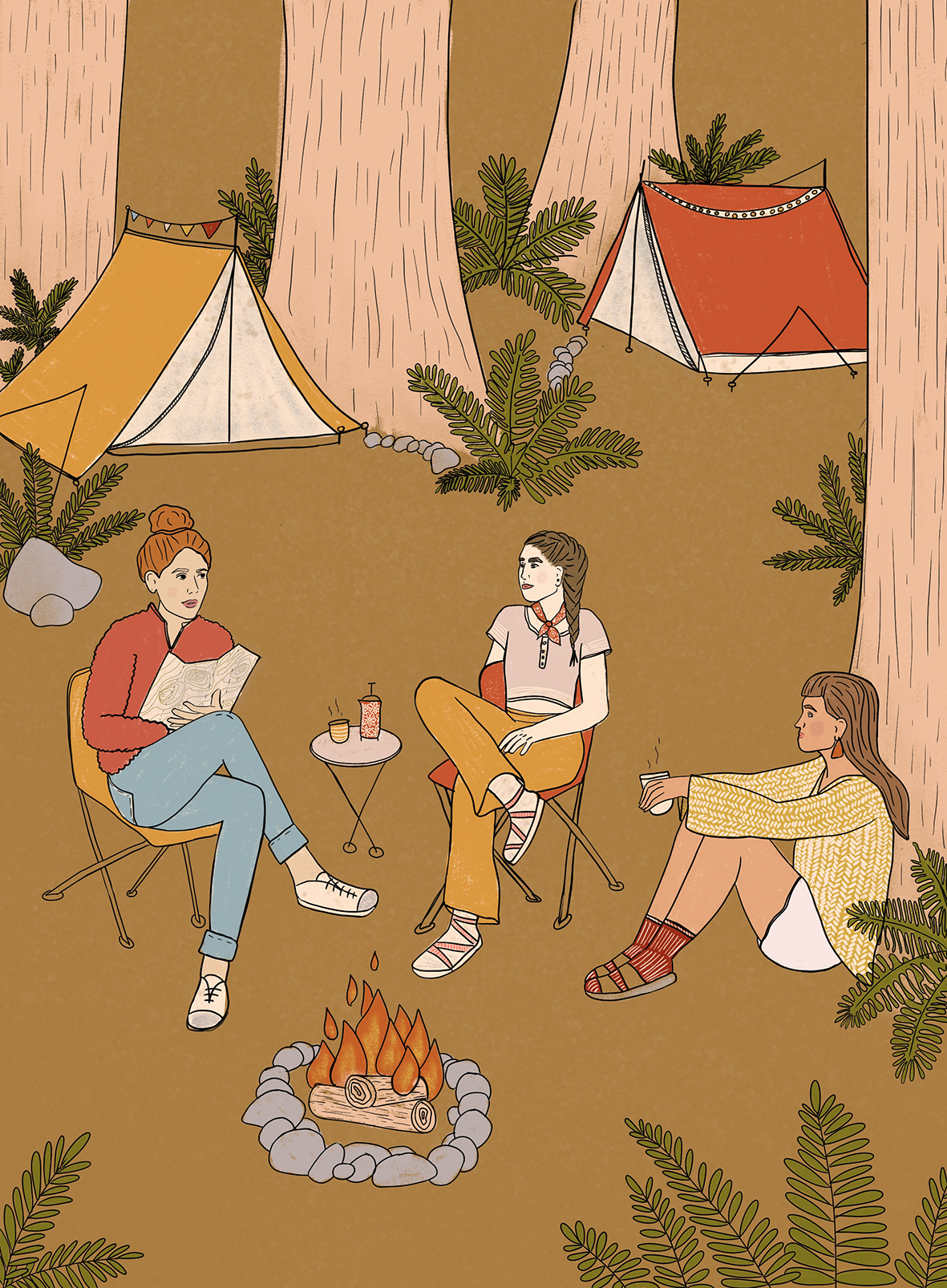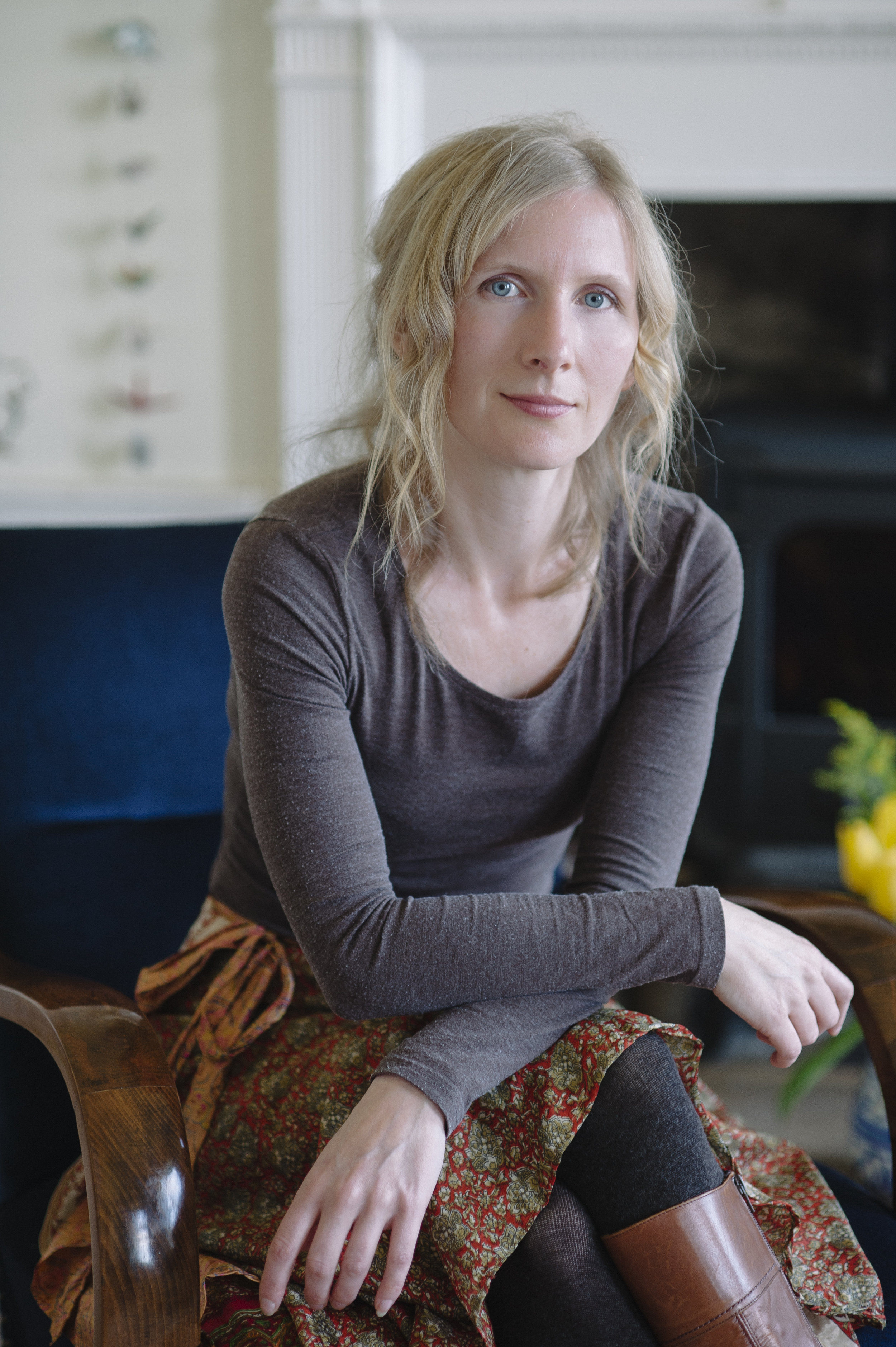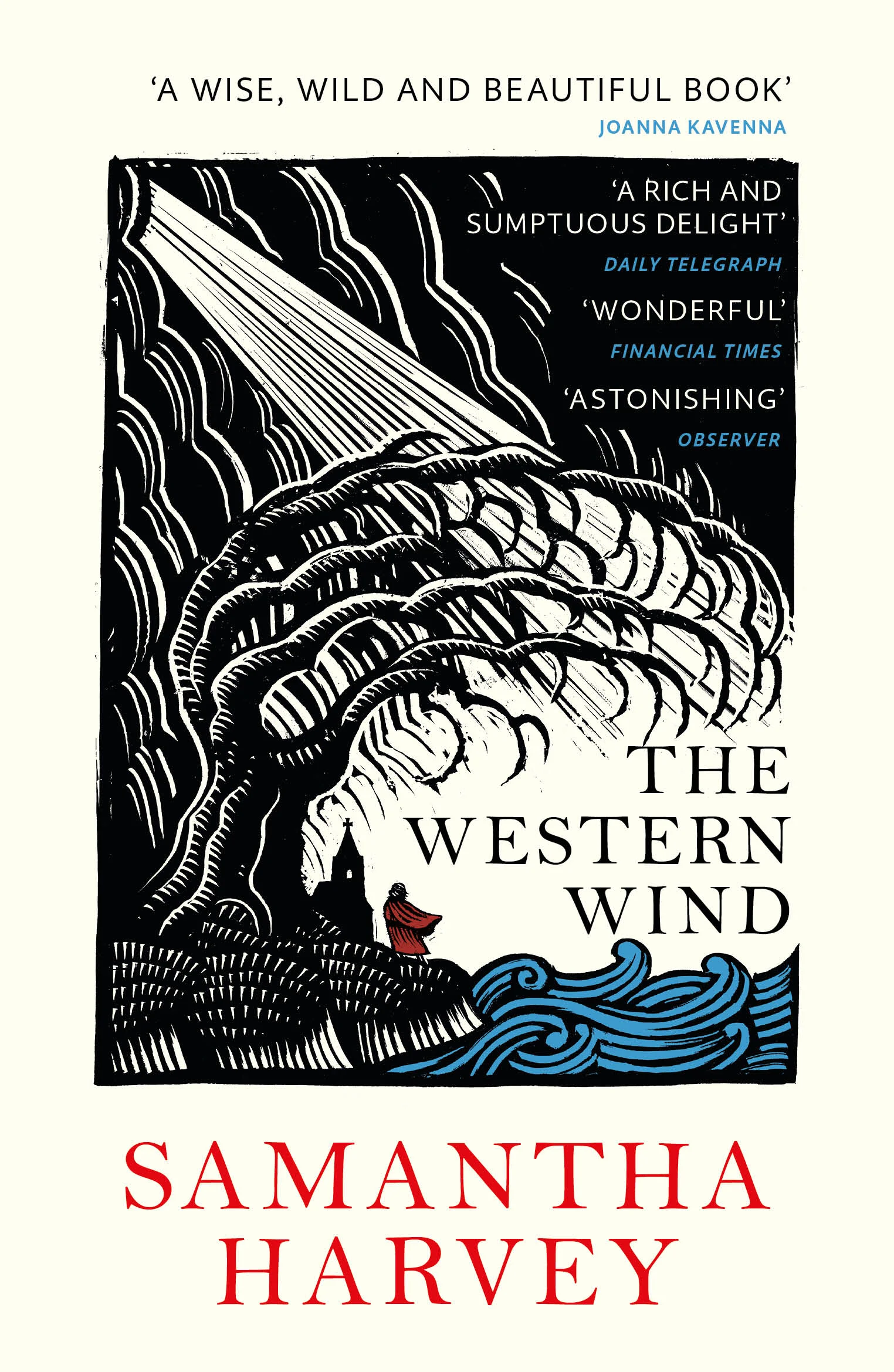words: Holly Williams
A comedian and actor, Doon Mackichan has worked as a stand-up and in influential TV comedies such as The Day Today, Brass Eye and Smack the Pony. More recently, she’s appeared in Toast of London, Two Doors Down and Pure, and has given acclaimed performances on stage in Twelfth Night and Jumpy. She also sings vocals in the jazz quartet Sea Crow (hence the outfit…). Her latest role is in David Mamet’s new play Bitter Wheat, alongside John Malkovich.
What can you tell me about the play?
It’s about a Hollywood mogul – people will recognise Weinstein, but it’s also any controlling, predatory man at the top of his game. It looks at how he operates – and how he falls. I’ve got the difficult task of playing his wing-woman, his PA. I have to find out who I am, to have allowed certain things to slip through the net.
Although I was lucky enough to talk to a woman who had been [Weinstein’s] PA for a few years – and a lot of the women didn’t get involved in the hook-ups. They knew he was a sleazeball, but they say they didn’t really know the extent of his predatory nature.
Do you buy that? Or do you think they were deluding themselves?
I do buy it. They knew he was lecherous, but they never thought it was rape. I have to believe those women, in my heart. They were all very bullied people; not many people stayed a very long time.
Do you think that, with #MeToo, we’re seeing practices changing in what young actresses are expected to do in auditions or on set?
I remember when it broke, feeling a massive relief. There were so many unprotected actresses, I was almost thinking about going into drama schools and saying to girls: look, you do not need to do these nude scenes, you do not need to be standing on a table with your breasts out while 40 crew are walking around.
I think women are going to be able to say ‘I’m not very comfortable’ or ‘I don’t want to do that’ now. It just feels that a door has been opened, to not be seen as the difficult one if you say something. It’s the beginning of a sea change – I hope.
Is it something you’ve had direct experience of yourself?
I’ve always said no to nudity unless it was going to be a radical lesbian feminist film! If I’m working for a kickass woman, I’ll definitely get my tits out – but not for a horrible old sleazeball. I’ve been in quite a few auditions where I’ve said ‘well is this really necessary?’ and then there’s been a rolling of the eyes. I’ve said I wouldn’t be nude and then I get on set and I’m asked to drop a towel… I was pressured, made to feel like a prude.
And I’ve tended to keep away from storylines that involve violence against women unless it’s dealt with in an incredibly careful or different way. We don’t have to keep seeing it – we’ve seen enough! It’s so exhausting, so debilitating, so bad for your self-esteem. If men saw the amount of rape we see, they’d be like ‘oh fuck this, I’m not watching Game of Thrones, I’ve had enough’.
Going back to Bitter Wheat – some people have raised their eyebrows at a #MeToo story being told by a male writer…
I think it’s really important for women to tell their story – they should be commissioned. But Mamet is Mamet and he’s written it very quickly and he’s got a play on. It’s definitely the man’s story – but it looks at why he got away with it, how he operates: buying the critics, treating the writers like shit, bullying all his staff, hitting on young actresses… It’s about control and power.
Yes, it would be great if a woman had written it. But she hasn’t. So until a woman has written a play about it, we need to celebrate that it’s a really important story that needs to be told, now. I hope it gets all the conversations going, and makes people at the top go: ‘Christ, I can’t get away with that.’
What’s the tone of the play – is it a comedy?
I’m glad I’m going to be in the room, they probably hadn’t bargained for me! Because it is all down to tone, isn’t it? There’s humour in it – but it’s humour about a man who is flailing, and losing his grip. And that can be funny. But I know there was some controversy about it being referred to as a farce. There’s nothing farcical about rape. It’s not the subject of farce. That’s not anything I would be involved in, and if I feel uncomfortable with the way the story is being told I will make myself very clear. And if I’m very uncomfortable, I won’t do it.
You auditioned with David Mamet. What is he like?
I really liked him a lot. I thought he was a real powerhouse, he had great humour. I liked his no-nonsense direction – and I thought I would be able to say what I wanted. So fingers crossed it does go down the right road.
Do you think that laughter is a good way of taking on some of the more horrific things in our society?
Well, I’ve done ‘the most offensive television programme ever made’, the [2001] Brass Eye paedophile special! After that I was blanked, I couldn’t go to [collect my children from] school for a while. But when we’re dealing with taboos, it’s all down to the tone. We agreed, Chris Morris and me, that the way paedophilia was sexualised by Fiona Bruce on Crimewatch was just unacceptable: this sexy way of talking about it with a husky voice and a raised eyebrow and lip-gloss. It was really important to skewer it.
And laughter is also a good way of going ‘god almighty, that’s awful’. But it’s a fine line, to not make it just light or ridiculous – or to be at the expense of the female.
Do you feel like the nineties was a particularly important time for comedy?
We just had our 25-year reunion for The Day Today. It made us feel very old – but what a gang. We just a happened to be put in a room and told to start improvising. We did On the Hour for the radio and then that turned into The Day Today and then that turned into Alan Partridge – it was just this ball rolling. It was more open to letting people experiment, and giving people money, then.
Do you think the fact that comedy was seen as a man’s world affected how Smack the Pony was perceived?
We’d all been feeds for male shows for years. It was great to make the straight women the funny women – to turn it on its head, everything we hated about male sketch shows. We just made our own set of rules.
Really French and Saunders were the only other female comics at the time and it was bit like ‘oh well, we won’t get anyone else.’ Same when I was on the [stand-up] circuit – they’d say ‘sorry, we’ve already got Jenny Éclair’. Sadly, it’s still pretty much the same, after 30 years.
Why do you think that is?
I don’t know, it’s terrible. Every woman I know pleads and begs me to bring Smack the Pony back, because there’s not been enough like it, to take its place. It’s still the most ridiculous battle. There are women on the circuit, they’re just not on telly.
Do you get stage fright doing a play – or has stand-up cured you of that?
Stand-up has cauterised every nerve in my body. When you’ve done that in the Tramshed in Woolwich in front of 250 squaddies, nothing will scare you.
Bitter Wheat is at the Garrick Theatre, 7 June till 14 September
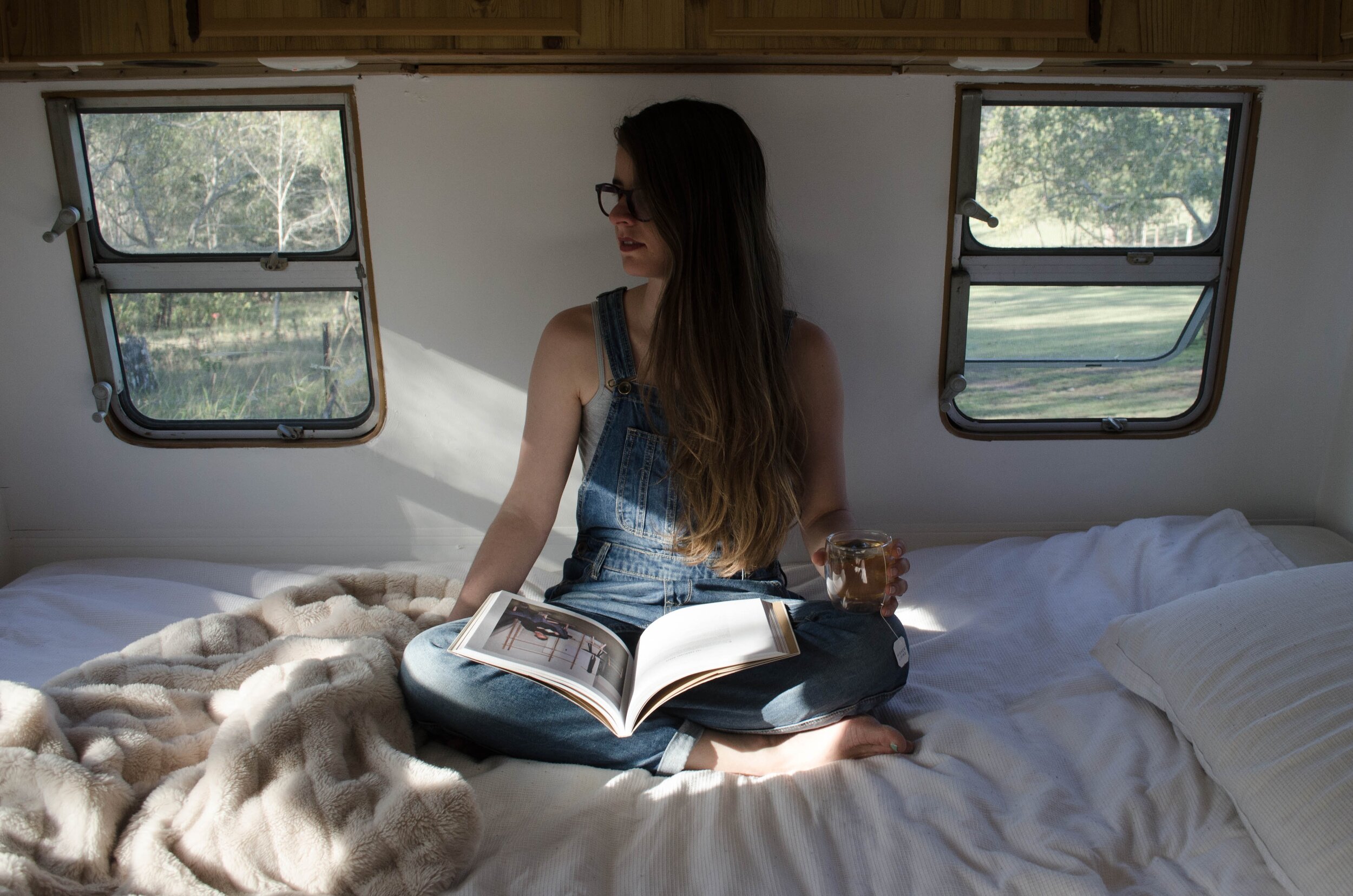
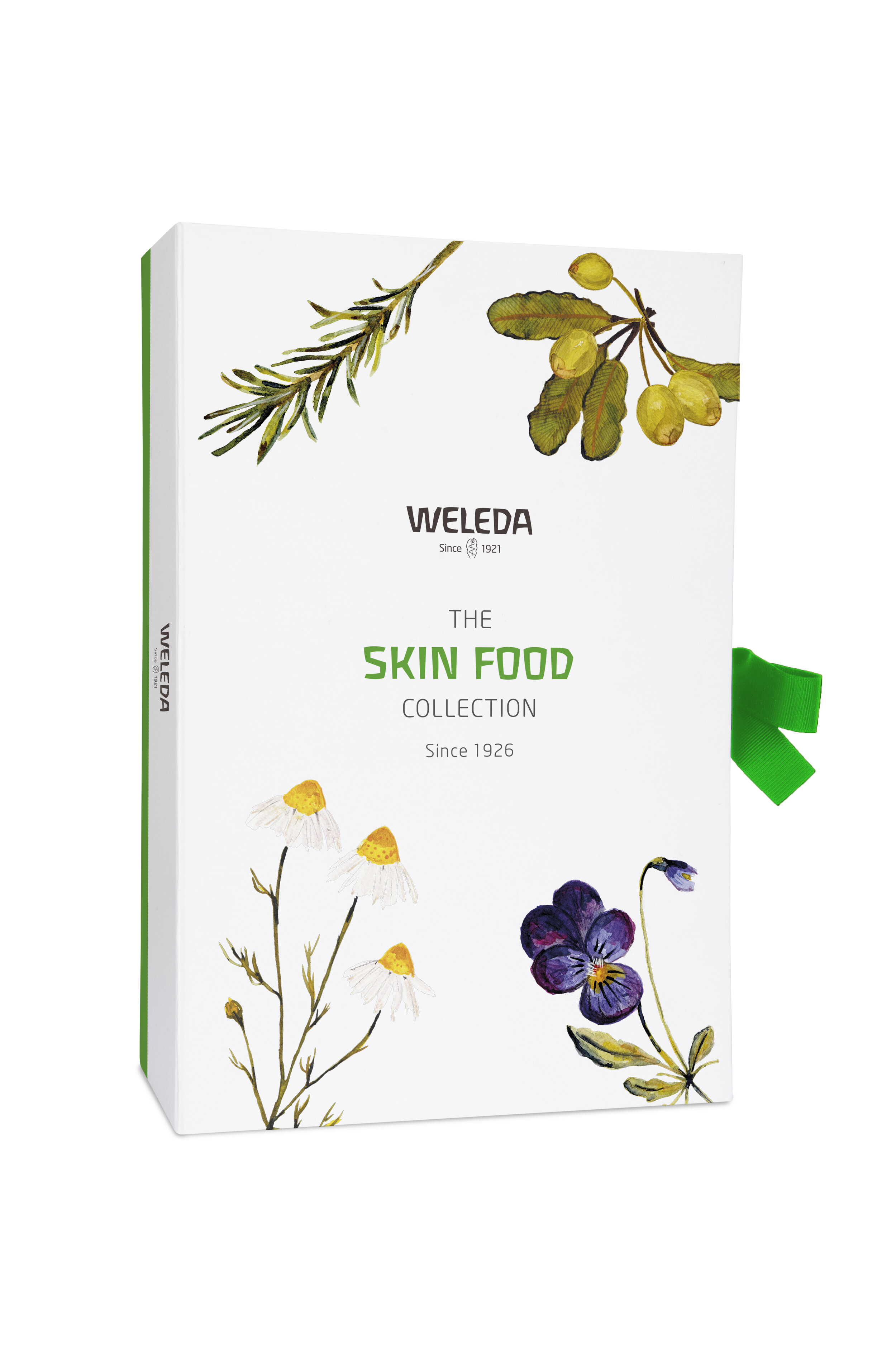
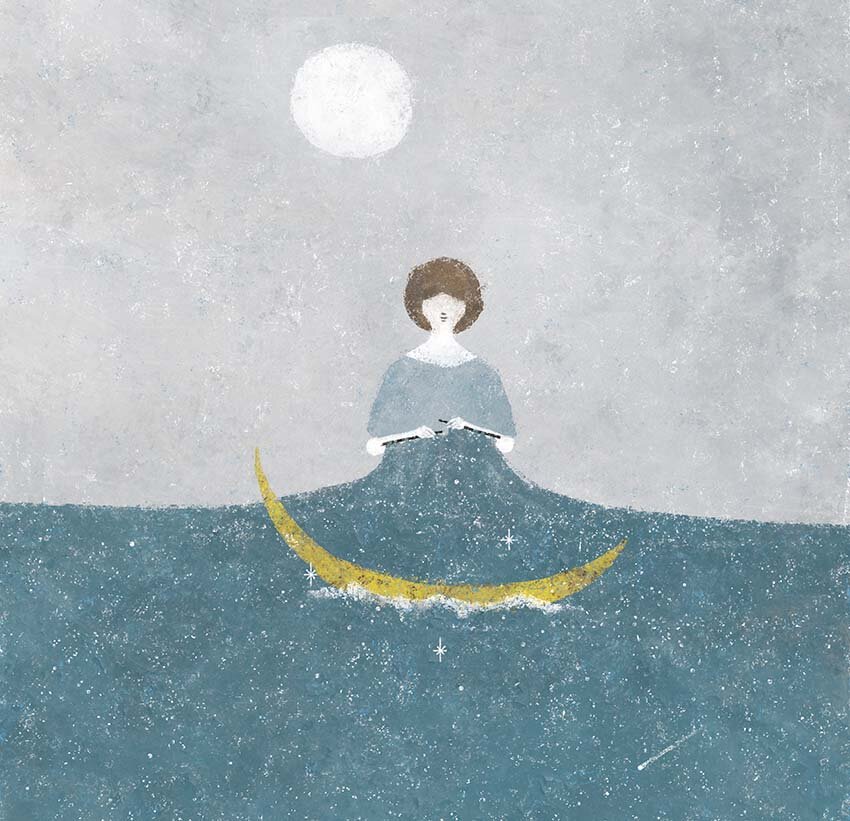.jpg)
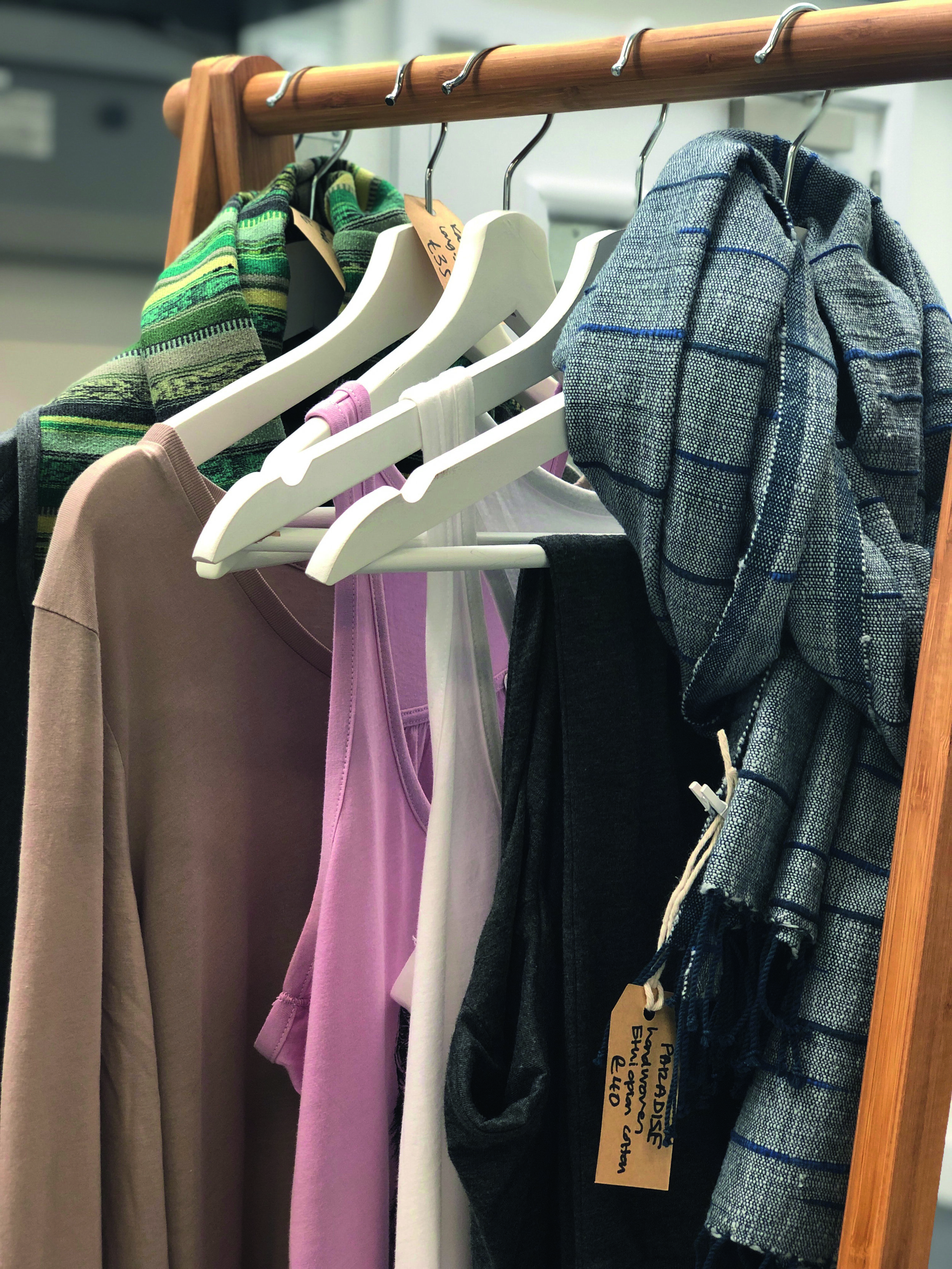




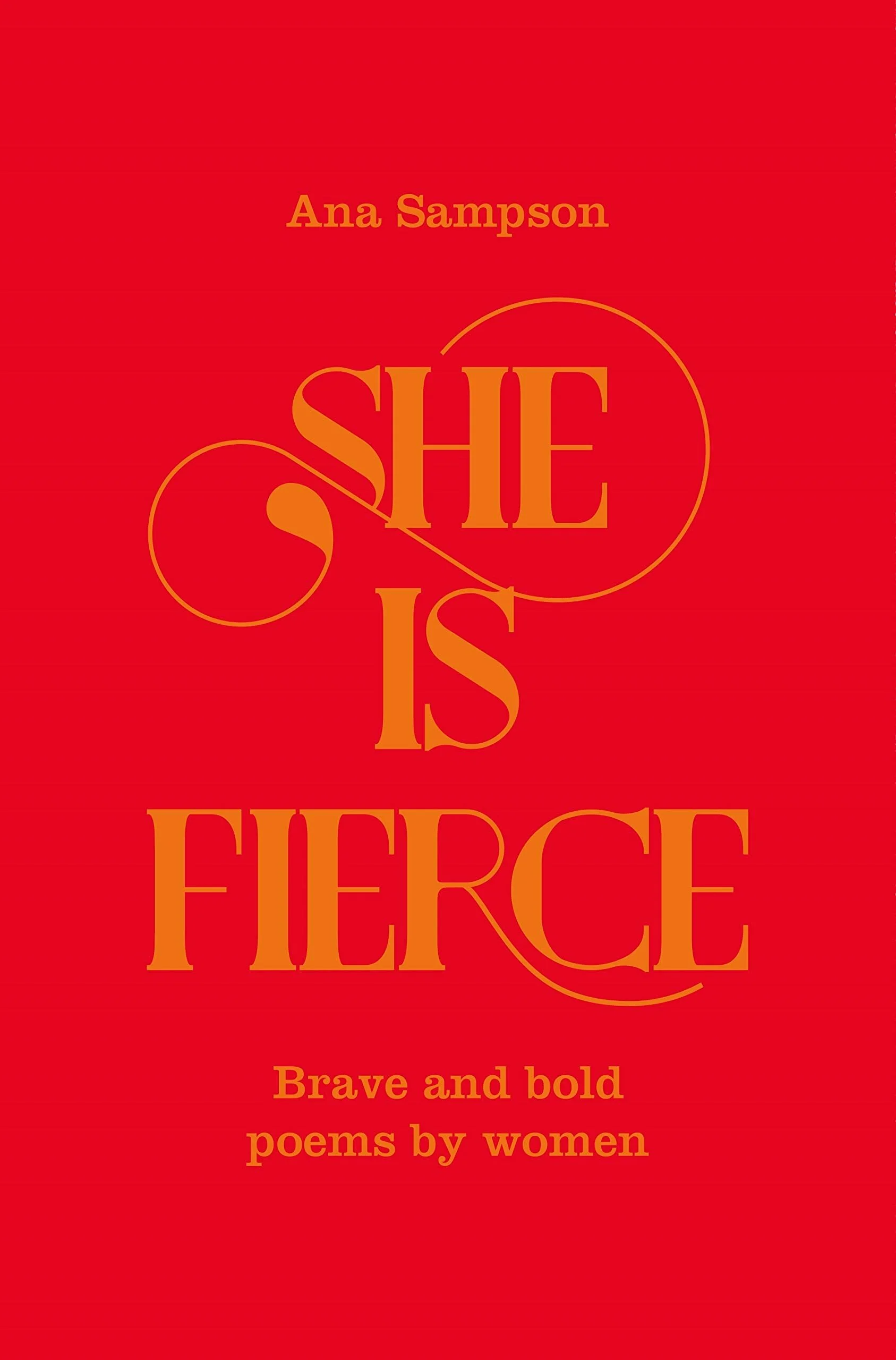
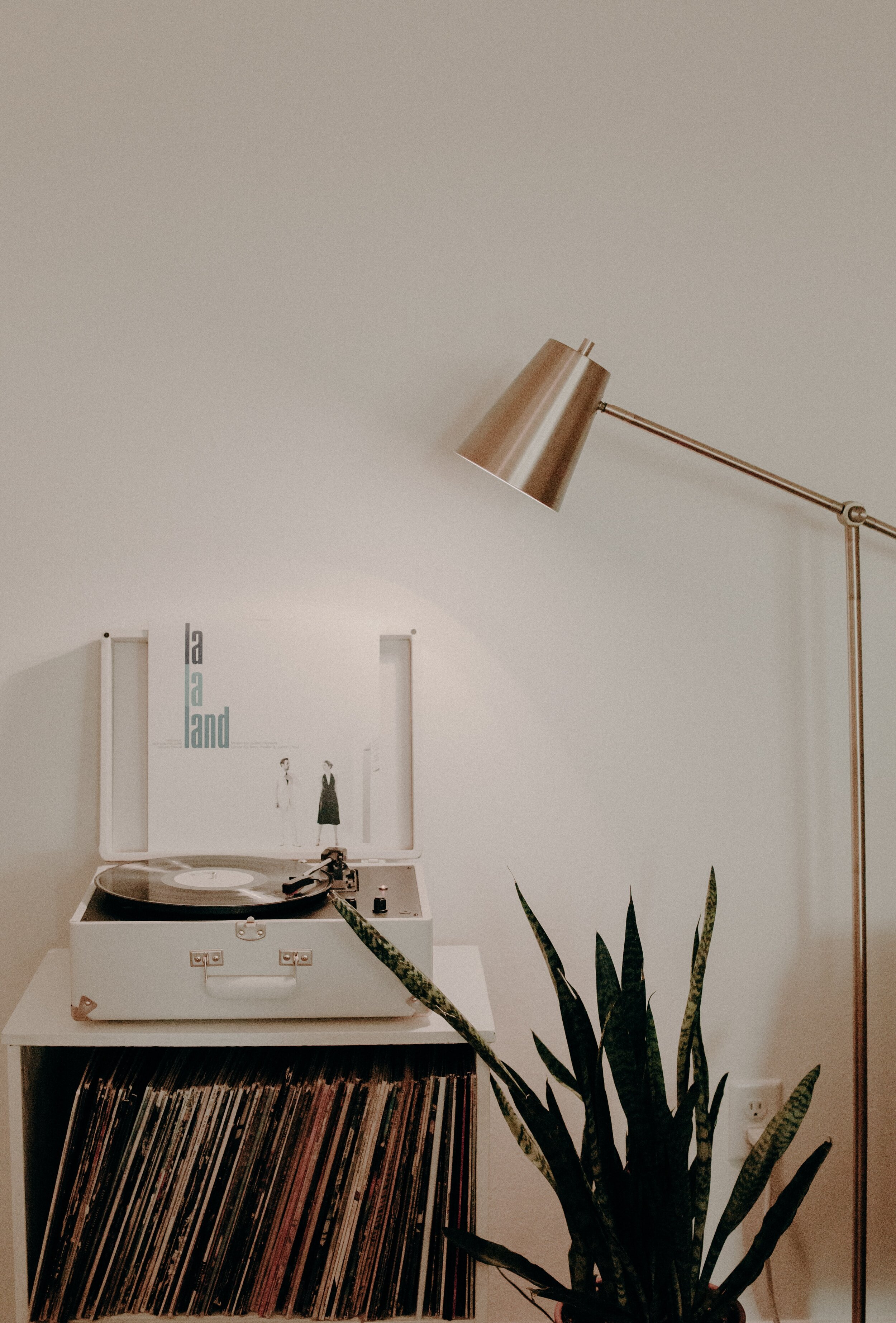
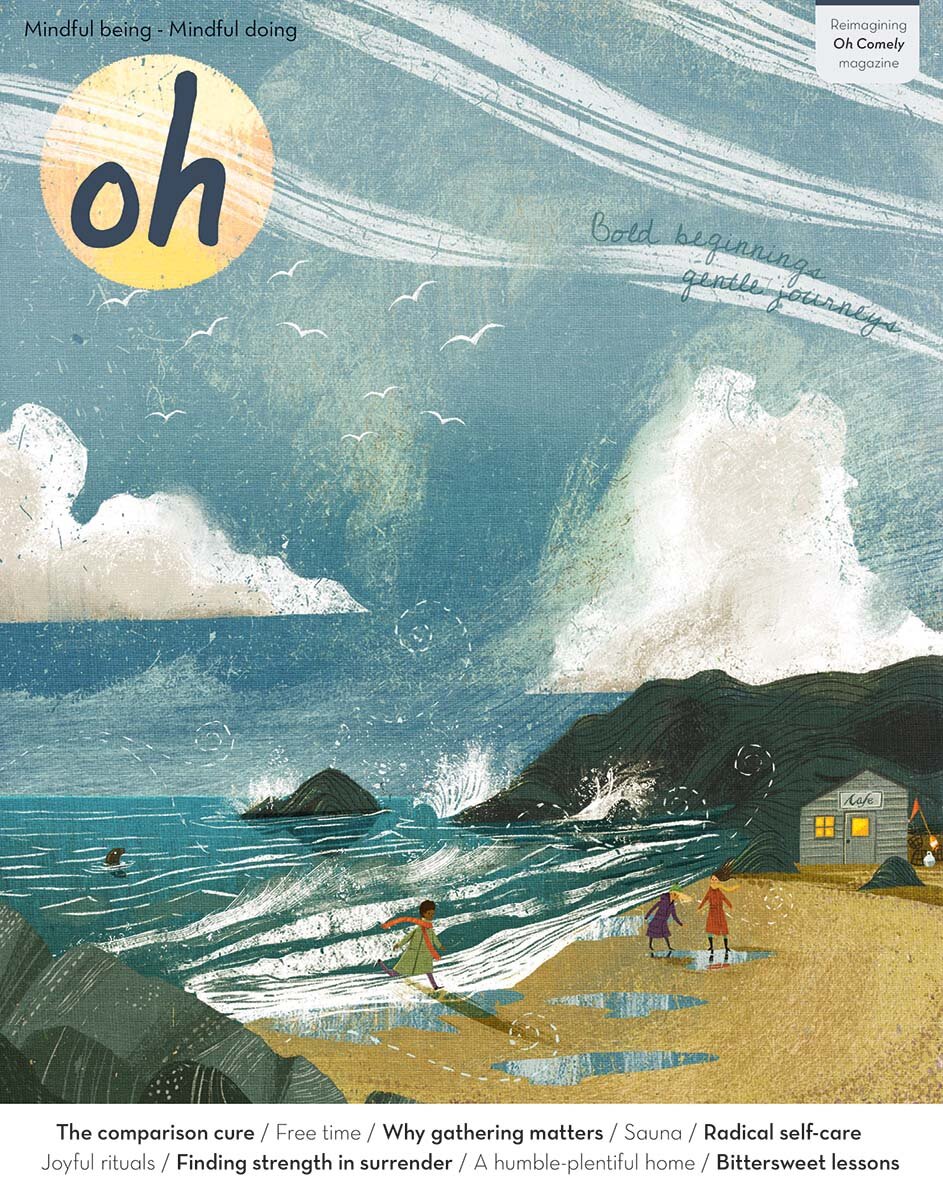
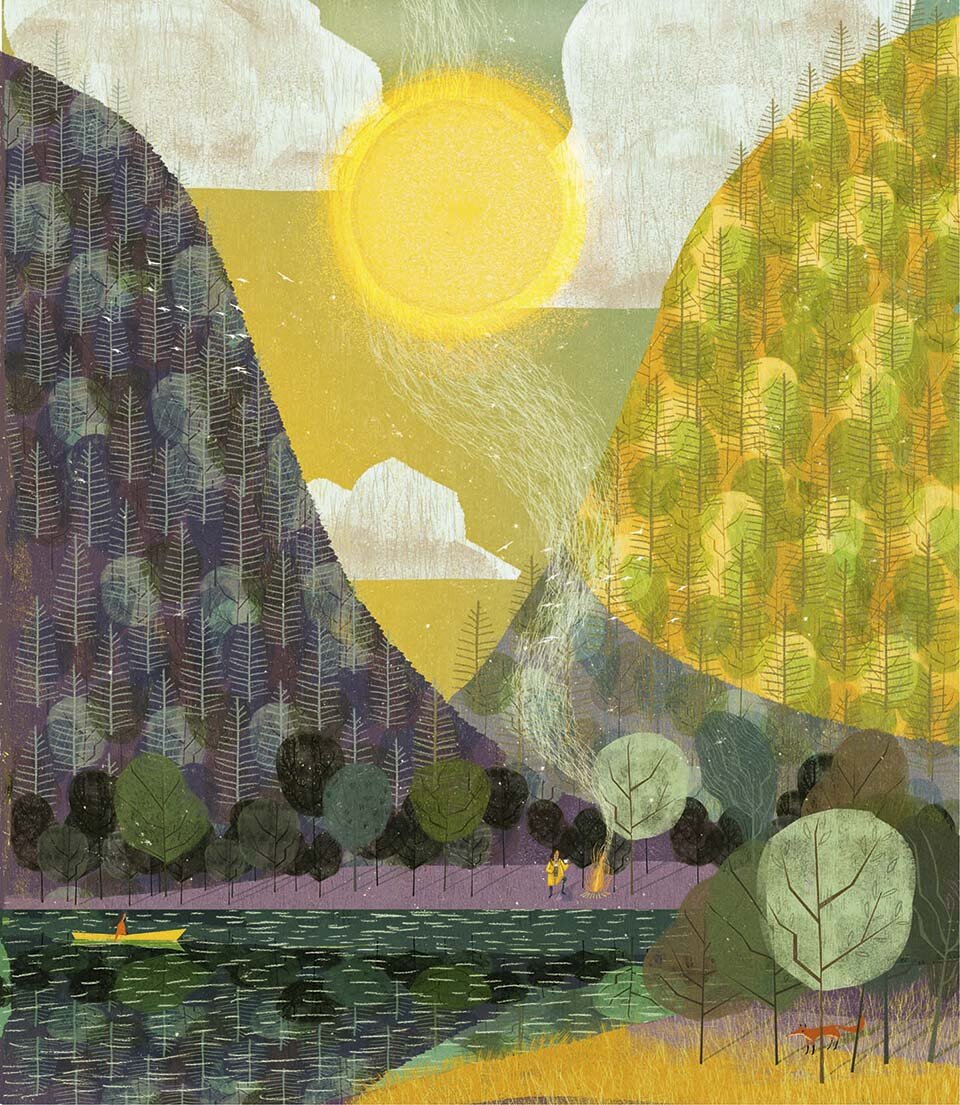
![AF_MF_ToteMapCard_1200x1200_v1[2].jpg](https://images.squarespace-cdn.com/content/v1/56f2a4b54c2f85b03add7b89/1569845747024-2TBEVSP0SUESZCDB5FXK/ke17ZwdGBToddI8pDm48kFoE05wG0SCNmhZN7p9SEzxZw-zPPgdn4jUwVcJE1ZvWQUxwkmyExglNqGp0IvTJZUJFbgE-7XRK3dMEBRBhUpxmlw_1uZsYghsxnlL6WLT-lMPU7QSw2RuPl5yb5nYptltVLoBMwGjPaFVarMvCgZw/AF_MF_ToteMapCard_1200x1200_v1[2].jpg)


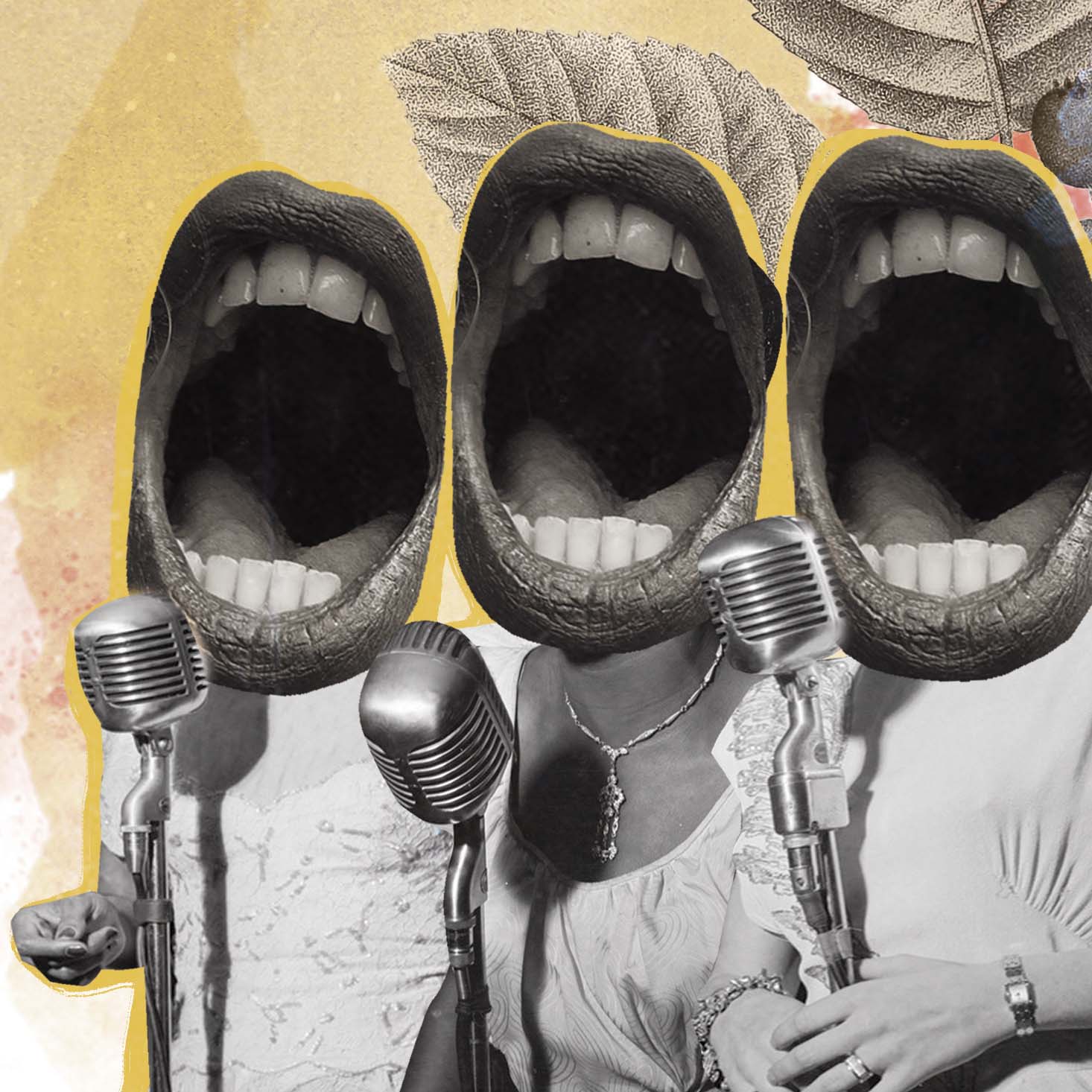

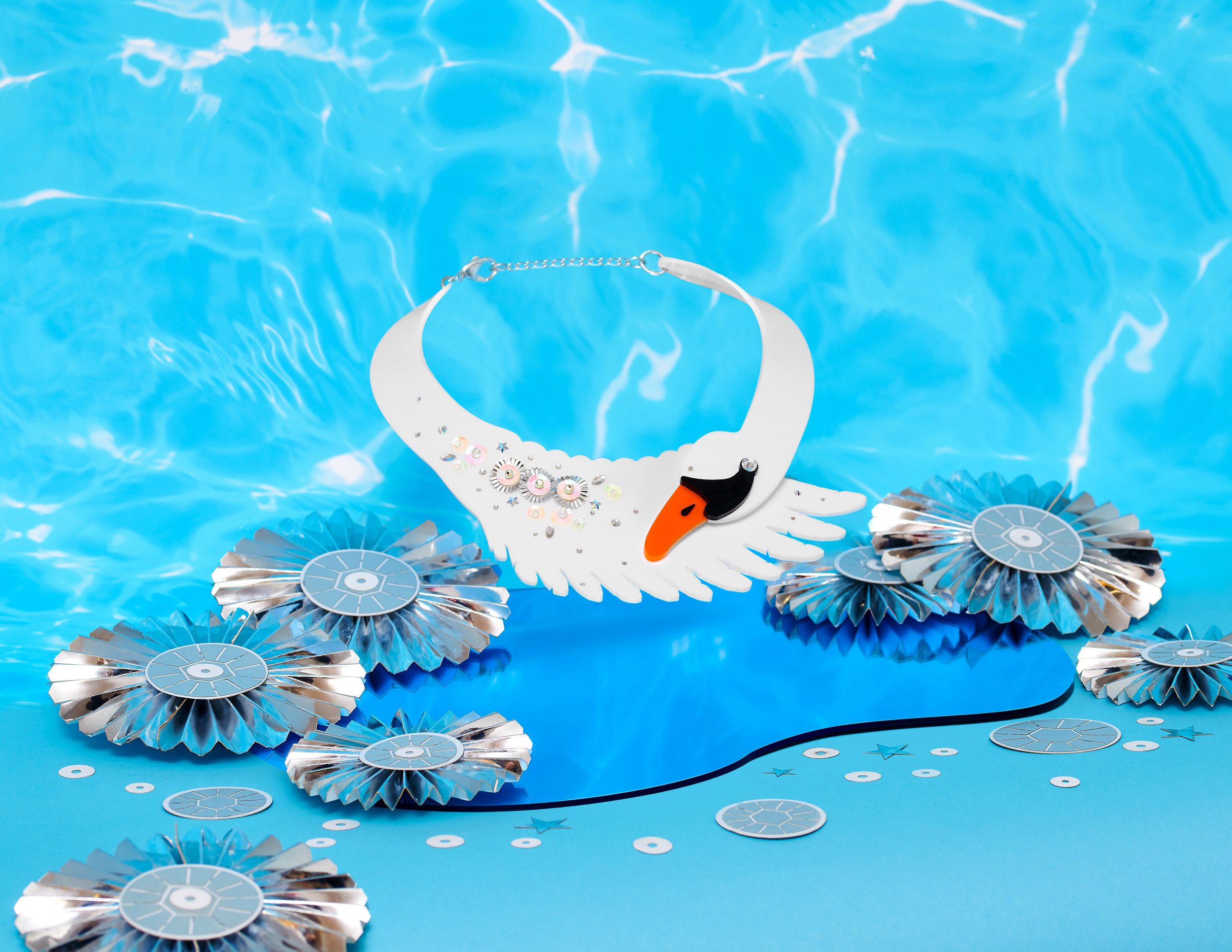
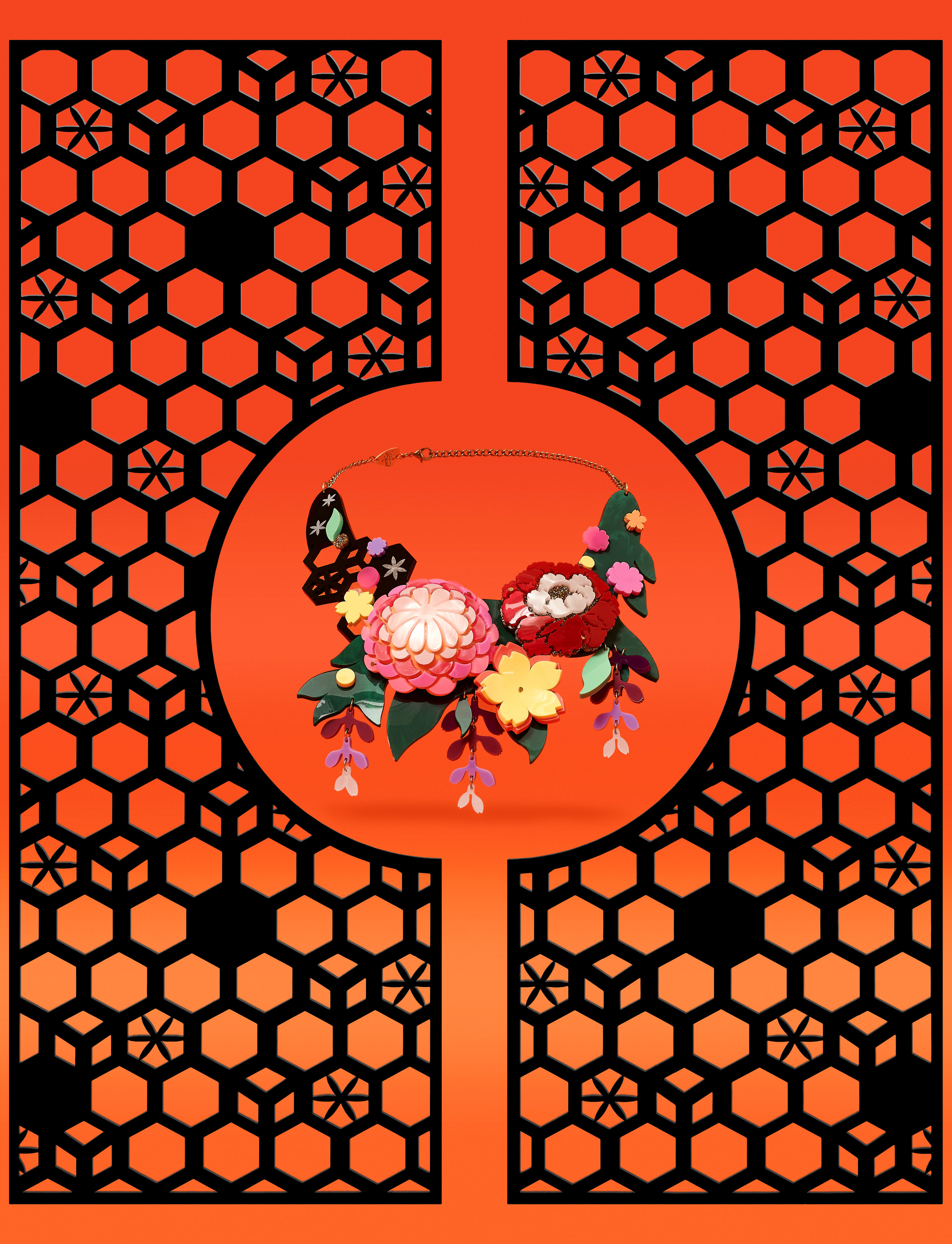
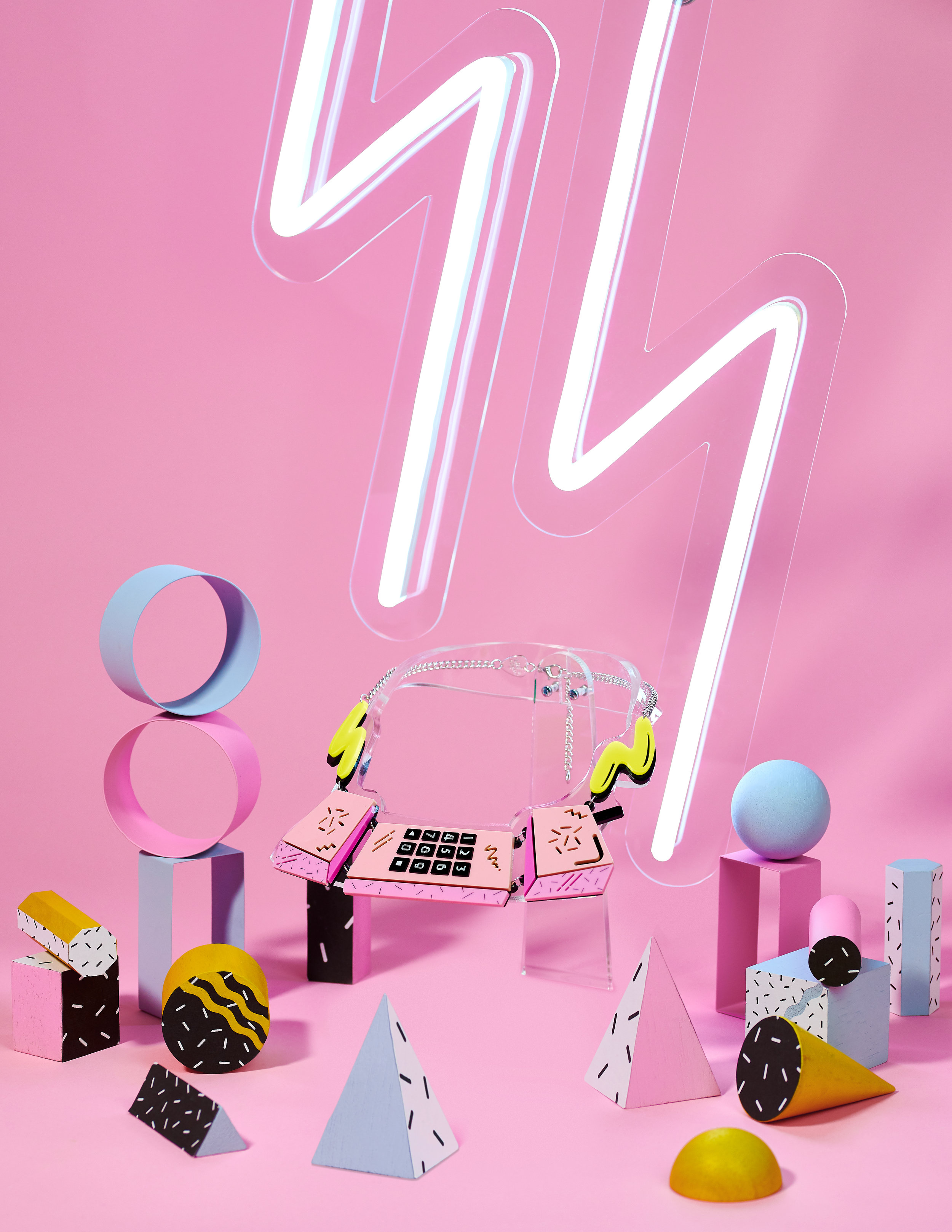
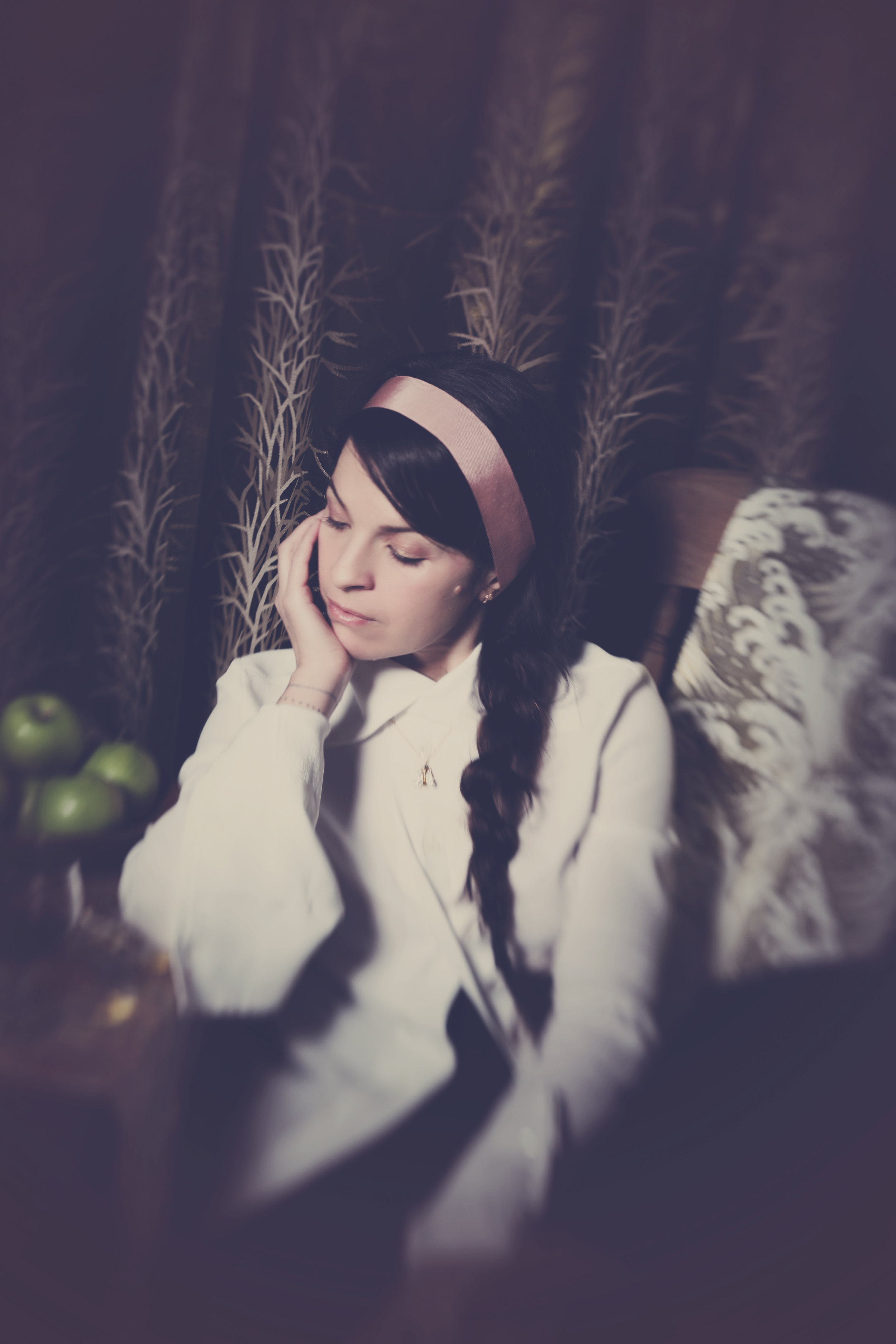
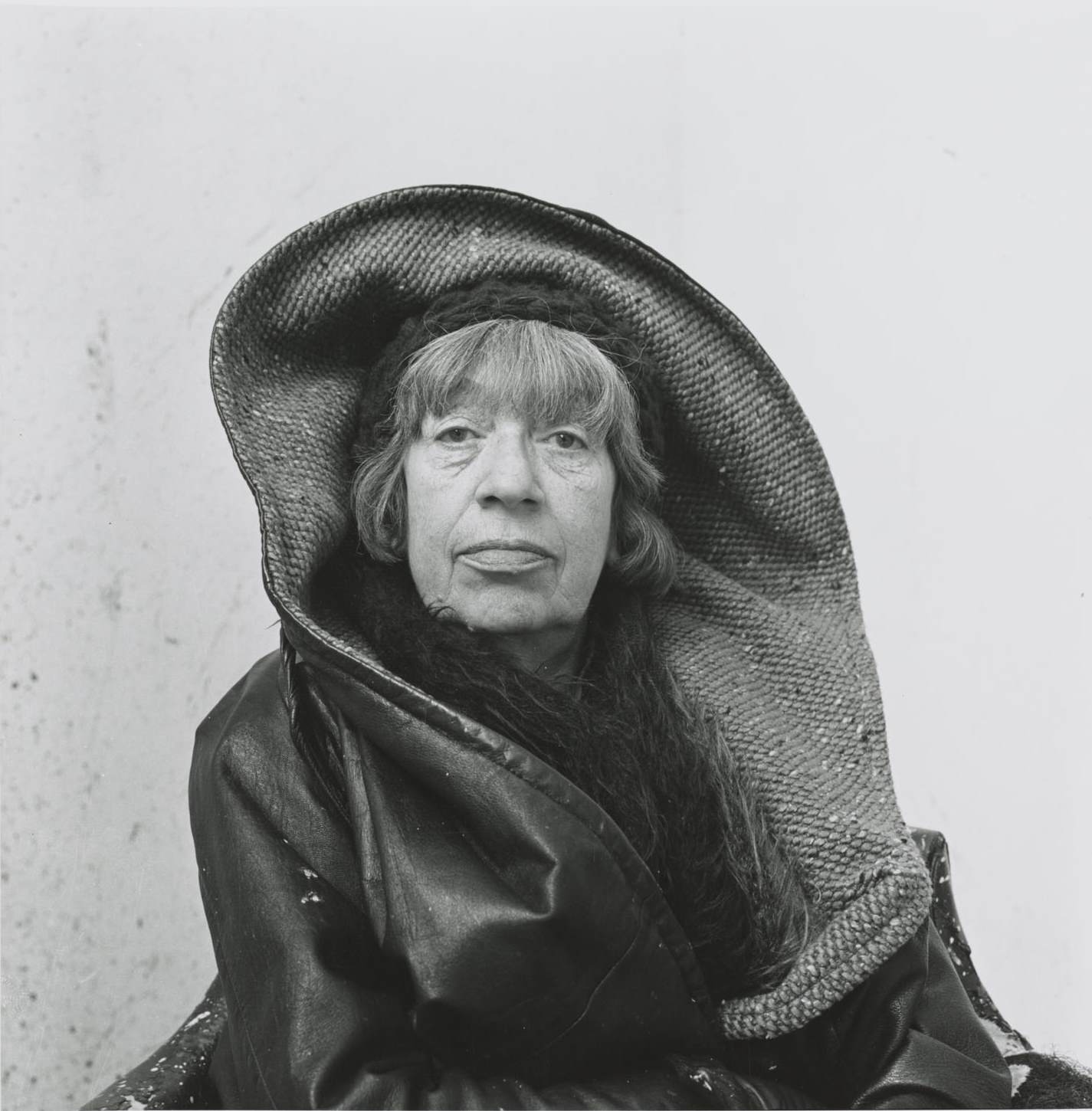
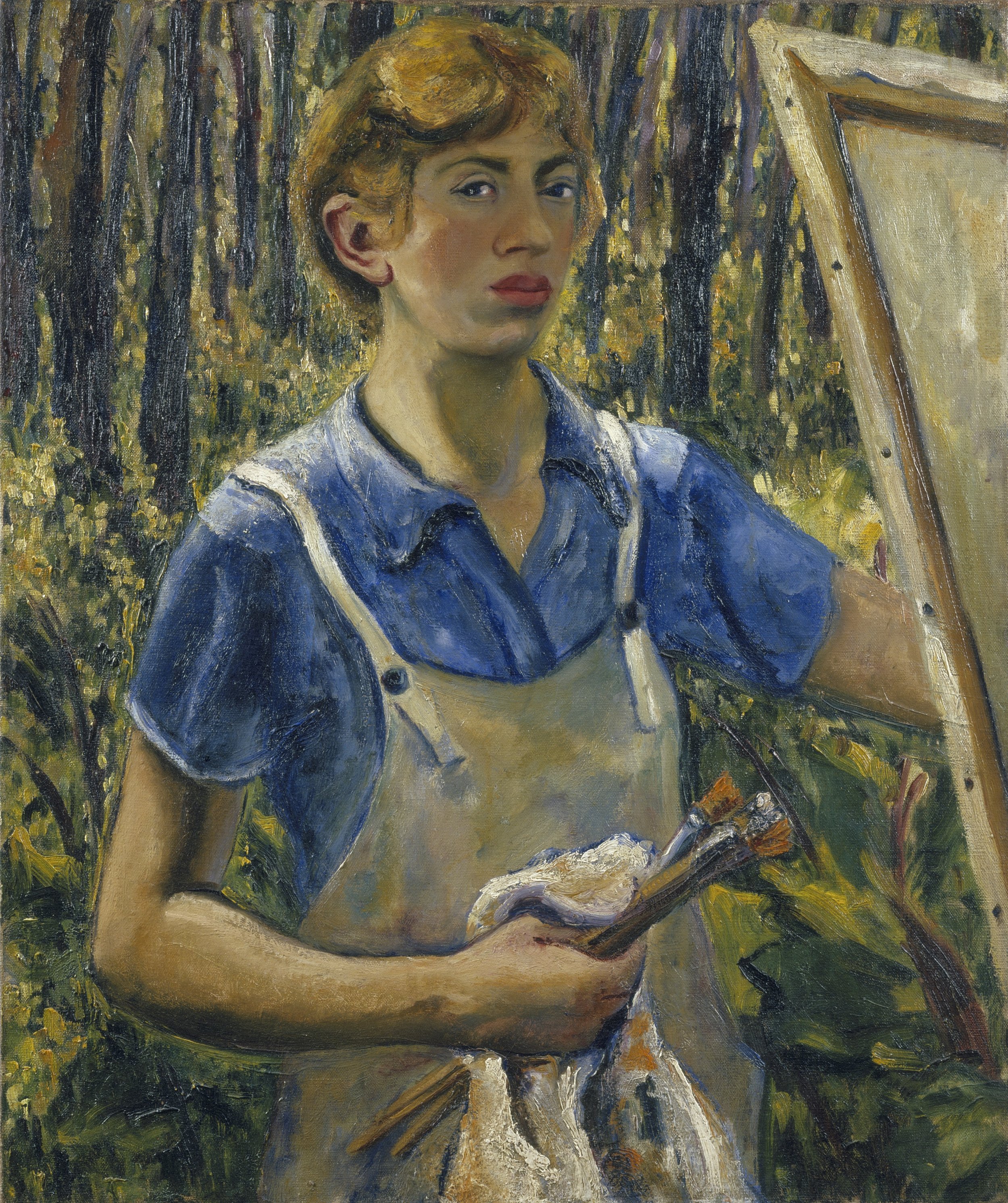
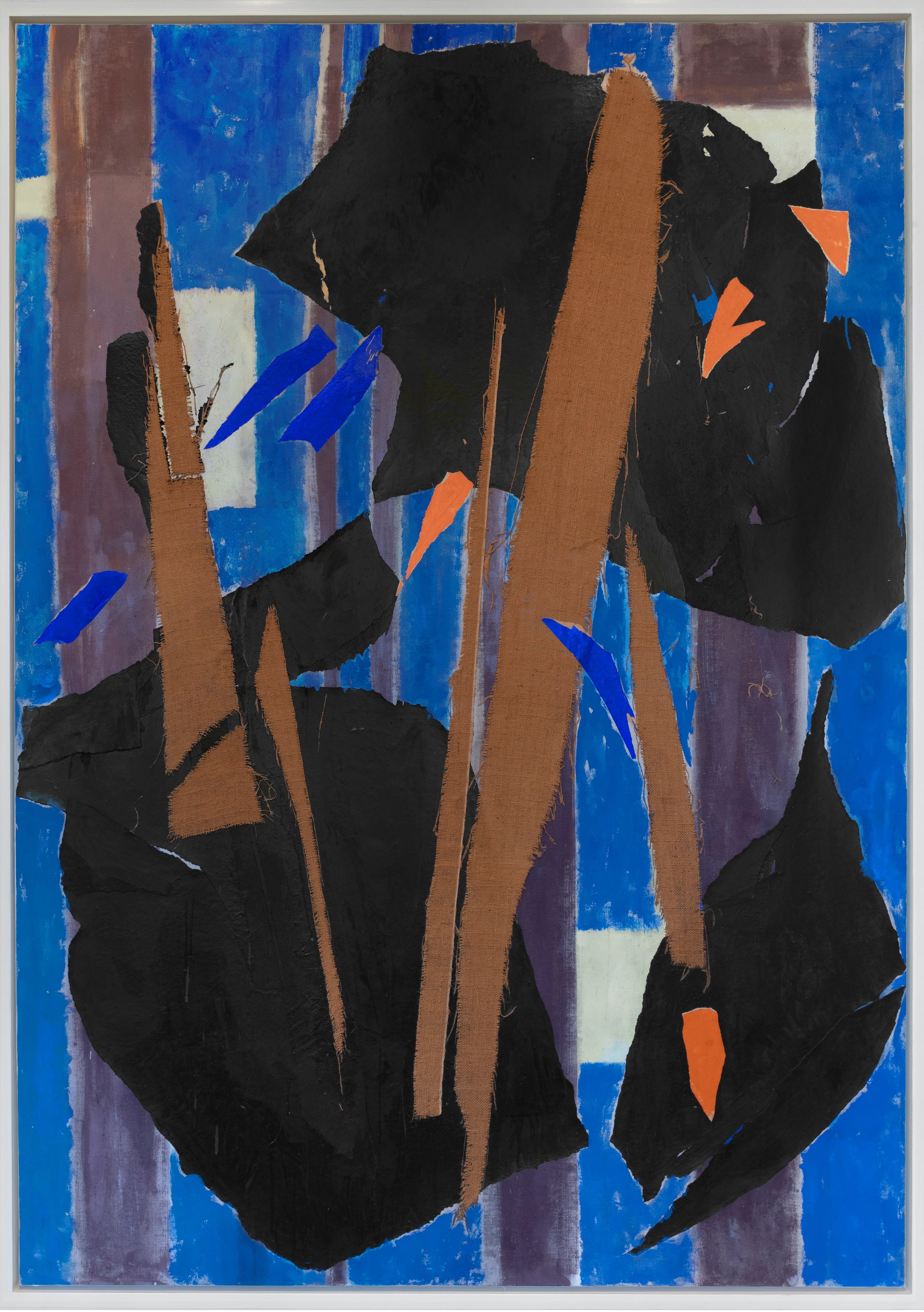
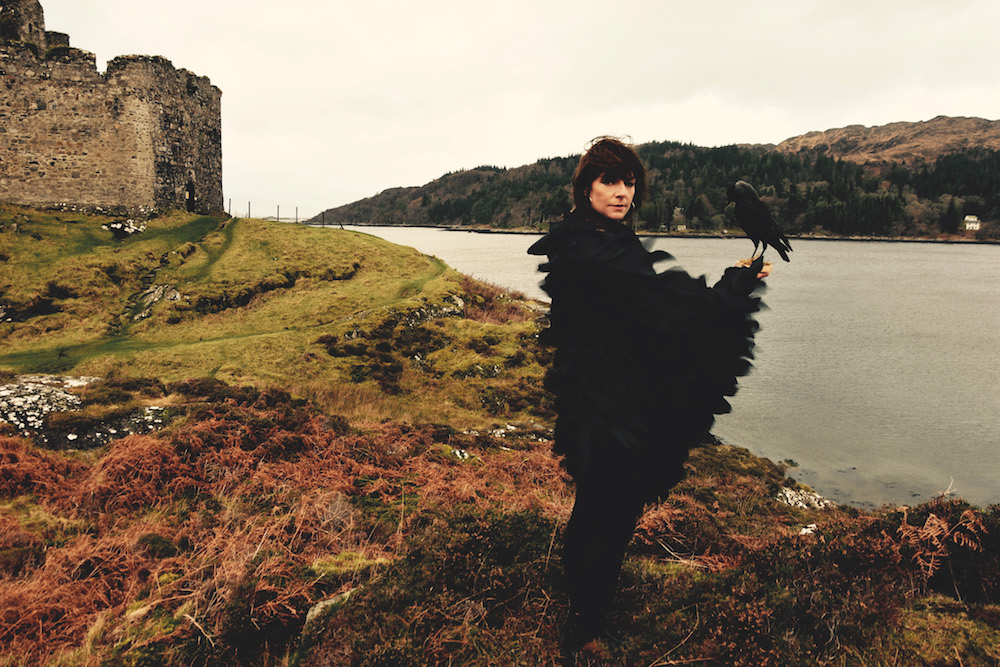
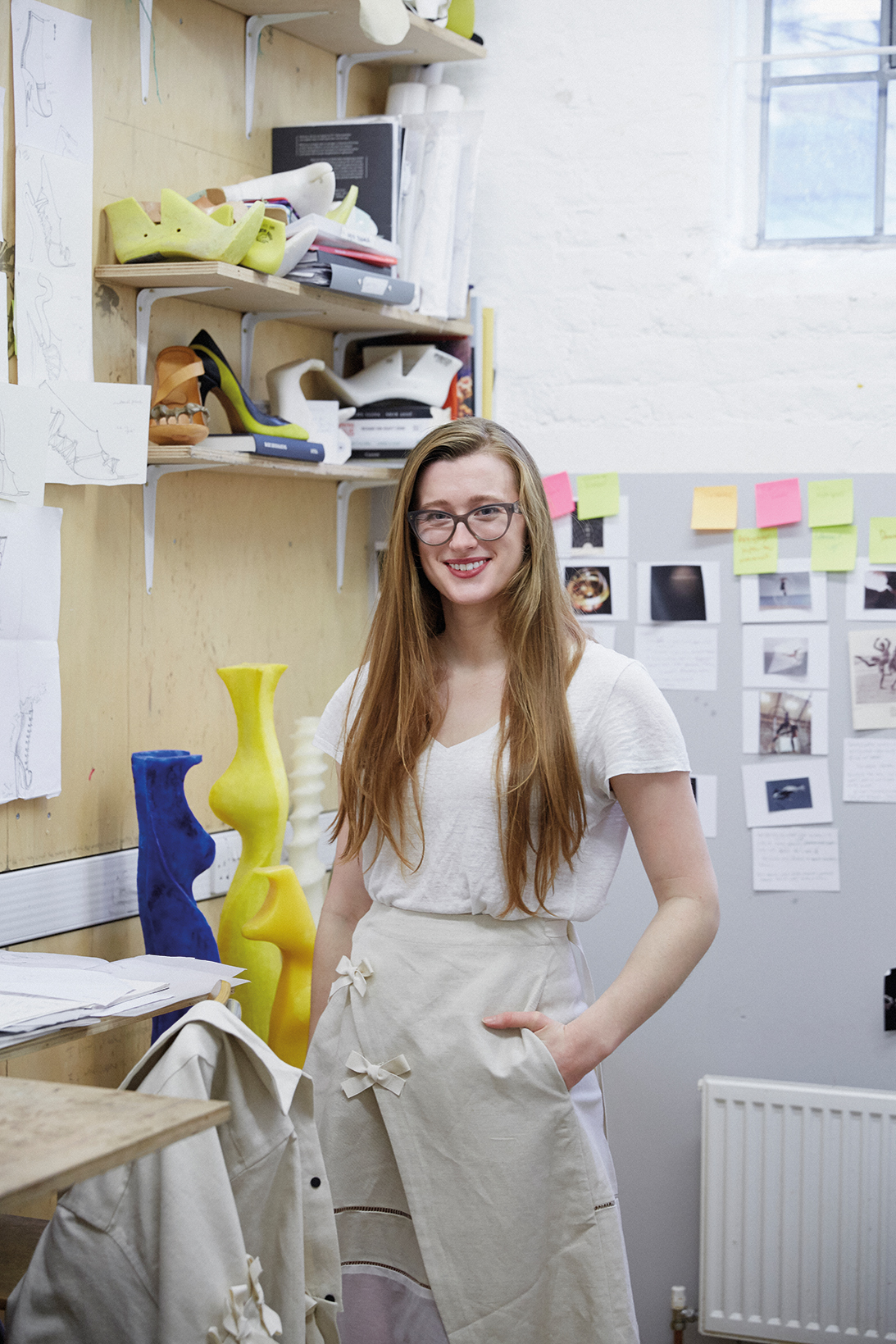
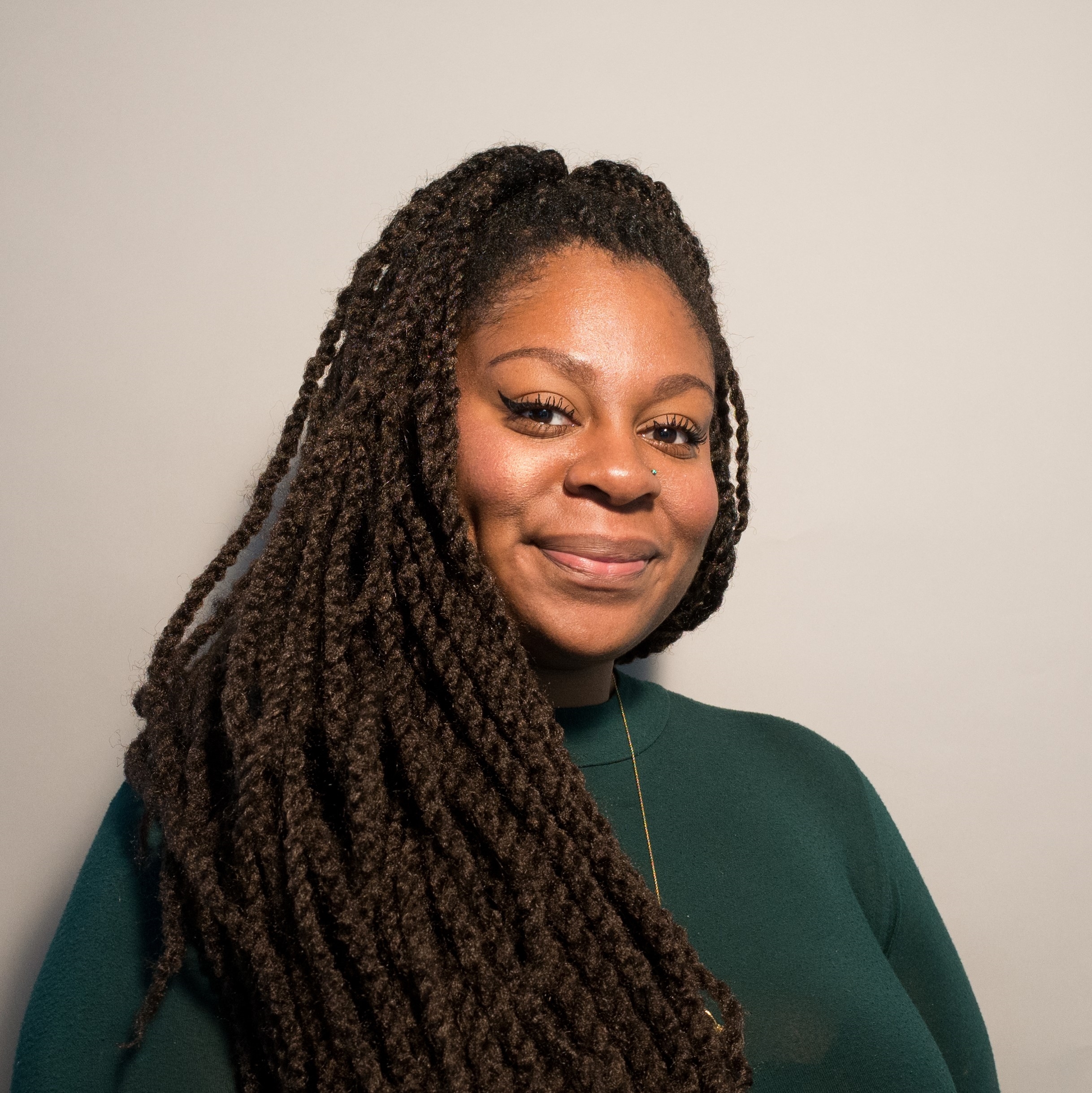
![9781409180050[1].jpg](https://images.squarespace-cdn.com/content/v1/56f2a4b54c2f85b03add7b89/1555084254040-WJ5S1DS7GFSDB2I24F6W/ke17ZwdGBToddI8pDm48kATqJRox8yzbKFo9HAiyGqJ7gQa3H78H3Y0txjaiv_0fDoOvxcdMmMKkDsyUqMSsMWxHk725yiiHCCLfrh8O1z5QHyNOqBUUEtDDsRWrJLTmbA40xHUQunj0vJznaJavl1mUkxZSIsDUoFDK-Hgk_D1lOTYyT8vE9qOCeysM8xvi/9781409180050[1].jpg)
